Hip Pain After Squats: Signs, Stretches, and More
Hip pain after a set of heavy squats can be worrisome, but is actually quite a common occurrence among weightlifters.
In most cases, squats can cause hip pain simply because you suffer from poor hip mobility. However, pain around the pelvic area can also be a sign of more serious issues, and should be corrected as soon as possible.
What Role do the Hips Play During a Squat?
The hips are a ball-and-socket joint where the ends of the femur meets the pelvis so as to allow for locomotion of the legs. The hips play a role in quite a number of movements, with the standard squat being one of its most important.
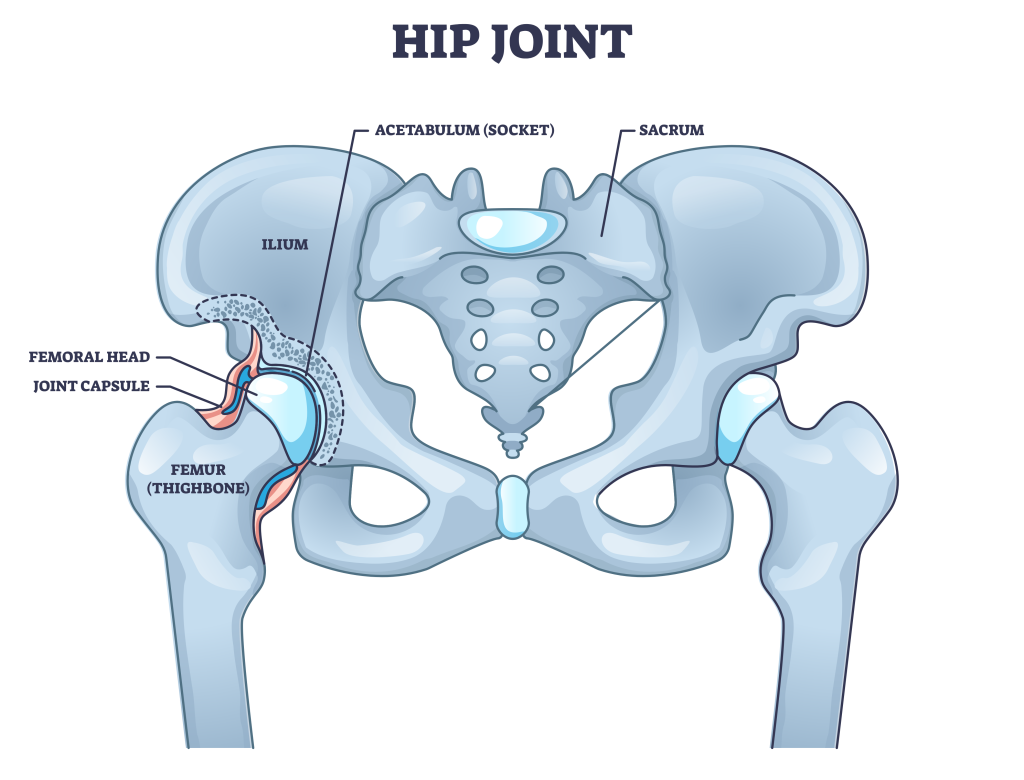
During a squat repetition, the hips enter a state of flexion as the lifter lowers downwards. Upon reaching proper depth, they will also begin to rotate posteriorly.
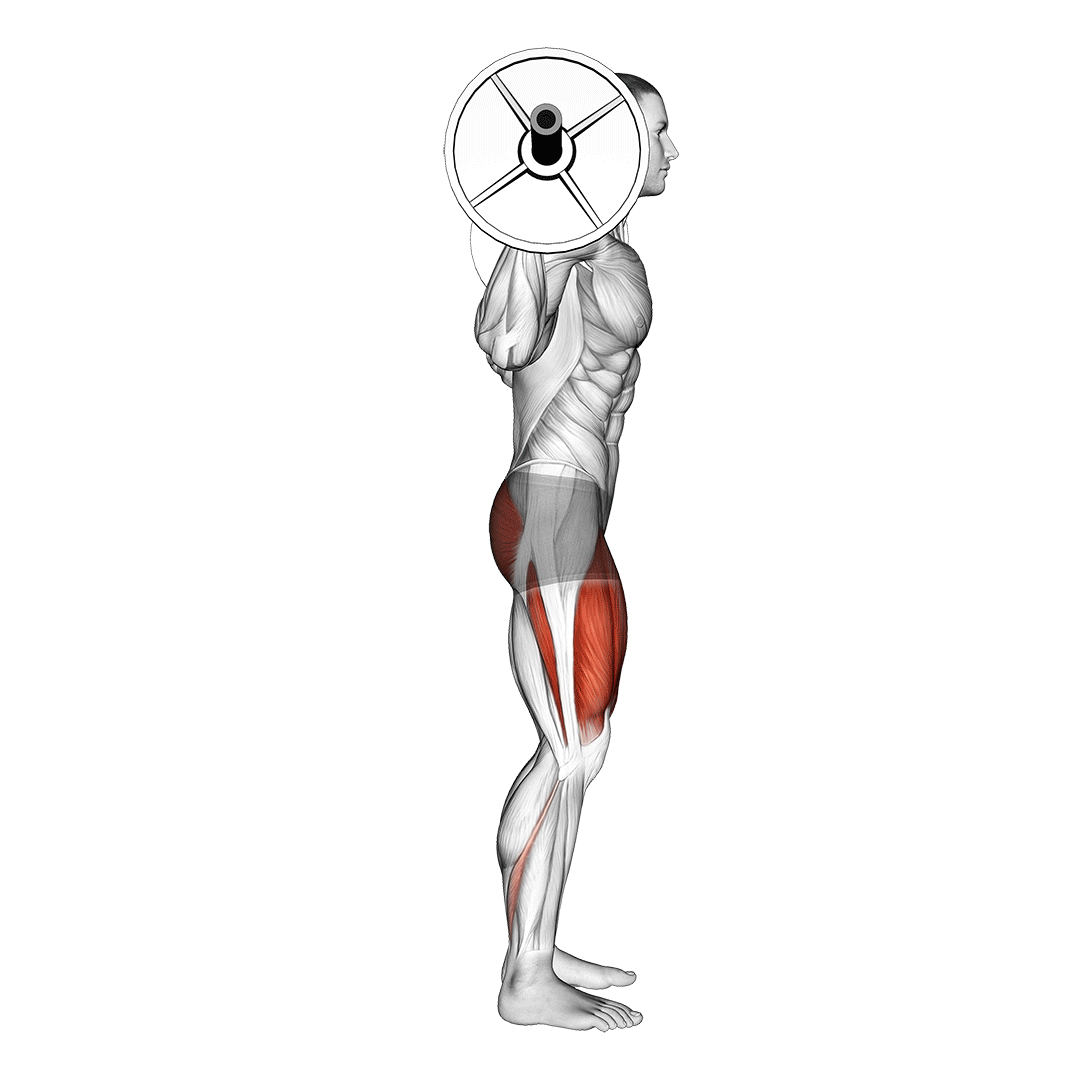
As the squat is being performed, it is at this point (near bottom depth) where a lifter will experience pain during a squat, as it is also the point where the hips are placed in the most strenuous position.
Depending on the lifter and the nature of their pain, such symptoms can be indicative of a number of different conditions.
Should You Stop Squatting if You Have Hip Pain?
If you’re experiencing pain or a pinching sensation after squatting - then yes, it is a good idea to avoid squats for the time being. Ice and compress the afflicted area if the pain persists, and speak to a medical professional as soon as possible.
While serious hip injuries are rare among young and healthy weightlifters, there is still a small risk of having developed femoroacetabular impingement syndrome, or any number of injuries related to the hip joint.
Possible Causes of Hip Pain After Squatting
We’ve listed the most likely causes of hip pain after squatting below.
However, do not use the following information as a substitute for actual Medical Screening. Without in-depth mobility tests and medical scans, there is no way to be absolutely sure of the nature of your hip pain.
Ankle Mobility Issues
The first area to investigate when experiencing hip pain from squats is the ankles.
During a squat repetition, the ankles move through dorsiflexion, allowing for the lifter to “sit back” as they enter bottom depth. If this is not possible due to poor footwear or bad ankle mobility, the hips may rotate incorrectly or otherwise be forced to move into a disadvantageous position.
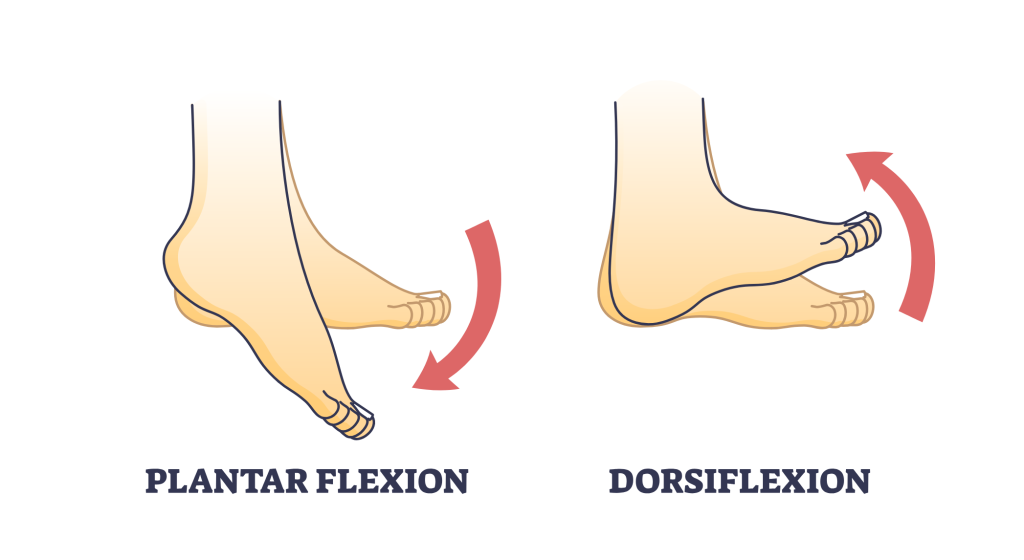
As such, one of the most common causes of hip pain after squatting is simply due to poor ankle flexion mobility. To correct this particular issue, all that is needed is additional ankle mobility work - or a change in footwear.
Hip Mobility Issues
If you’re experiencing hip pain at lockout or below parallel squat depth, one of the more obvious causes could be due to the mobility of your hips themselves.
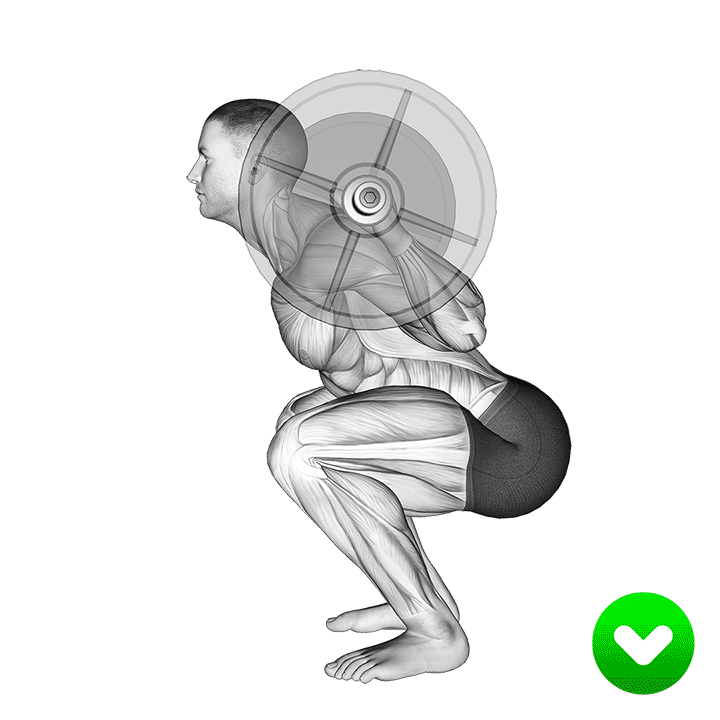
Depending on whether this poor mobility is rotational or otherwise related to hip flexion and extension, different stretches will be needed.
We’ve enumerated a few further in this article.
Muscular Weakness or Instability
It goes without saying that attempting to lift more than your muscles are able can result in pain and injury. This also holds true for individuals whose muscles are not stable enough to execute a squatting motion safely.
Both problems can be corrected by performing the exercise without the use of weight, as well as performing additional supplementary exercises meant to target the weak parts of the lower body.
Squat Form Errors
Apart from physiological issues like mobility or instability, one possible culprit of hip pain can be the manner in which the squat is performed.
The most common errors made when performing a squat involve poor hinging of the hips, rounding of the lower back, or movement of the femurs through the wrong range. All of these form mistakes can lead to additional stress being placed on the hips, leading to pain and injury.
If you are having trouble mastering proper squat form, seeking out the advice of a professional athletic coach is the best route to take.
Previous History of Injuries
Hip pain after a set of squats could also be caused by previous injuries to the lower body. Even in cases where the injury has been deemed fully healed, symptoms of pain and stiffness can still persist for some time after.
In certain cases, the pain could also be caused by a previous injury of a seemingly unrelated area. Notably, a history of damage to the glutes, hamstrings or lower back can all cause the hip to move incorrectly - leading to pain and other symptoms.
Because of the widely varying nature of physical injuries, only a medical professional can determine whether the pain is caused by a previous injury or because of an unrelated factor.
Hip Impingement
In most cases of squat-related hip pain, if the cause is an impingement, it is likely a condition known as femoroacetabular impingement.
Hip impingement can be identified by pinning down where the pain seems to originate from - that being the front of the hip after reaching depth during a squat. Alternatively, sufferers of impingements commonly complain of a “catching” or “clicking” sensation during dynamic movement.
In cases where hip impingement is the culprit behind the lifter’s hip pain, pinning down the underlying issue may be difficult. While it is commonly a result of muscular instability, weakness or poor mobility of the hip, it is also possible that anatomical problems are present.
If hip impingement is suspected, seeking out the advice of a physician and a physical therapist may be the best option.
Bursitis, Arthritis and Other Serious Medical Conditions
In rather rare cases, pain in the hips after a set of squats could also be a result of a number of serious medical conditions. These can range anywhere from bursitis of the hip, early-onset osteoarthritis, or any number of other issues that require medical intervention.
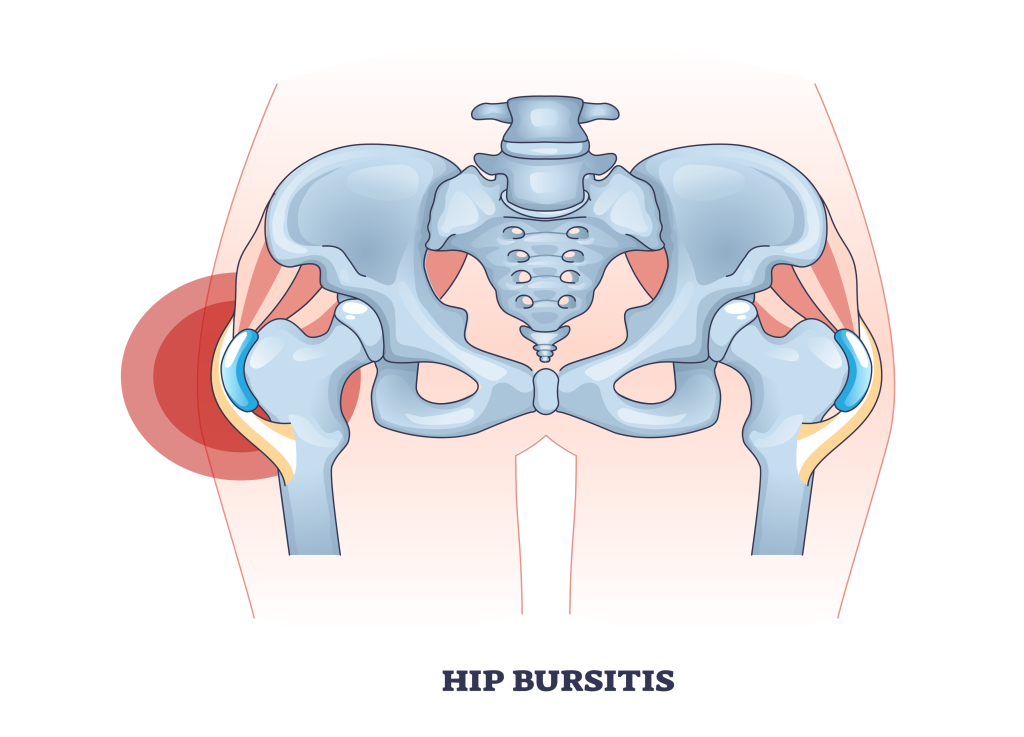
If you have a family history of such conditions or have been warned previously by your physician, it is important to cease performing resistance exercise and to schedule a medical appointment.
What to do if You Have Hip Pain From Squats
If you’re suffering from hip pain after a set of squats but aren’t sure of the cause, follow along with these steps.
Rest and Deload
The first order of business after experiencing symptoms of pain is to stop exercising the affected area. This means no more squats, as well as any other exercises that utilize the hips in a similar way.
If the pain is relatively minor and you’ve been cleared for further training, try a deload week so as to accelerate the recovery process.
Regardless of whether you’ve suffered a serious injury or only a minor tweak of the hips, some level of training intensity reduction will be needed.
Rule Out More Serious Causes
Once you’ve ceased performing any exercises that exacerbate the symptoms of hip pain you are experiencing, the next step is to ensure no serious underlying condition is the cause behind the pain.
This means not only assessing your range of motion and watching for seemingly unrelated symptoms, but also speaking to medical professionals who may perform diagnostics if needed.
If no serious issues have been found, then outpatient or at-home rehabilitation is the next step to take.
Mobility Work
In order to maximize the range of motion in which your hips can freely move, mobility work will need to be followed. Depending on the cause of the hip pain and your own current level of mobility, stretches targeting different hip mechanics may be in order.
As a baseline, at least one stretch involving hip rotation, abduction/adduction, and one for hip extension/flexion is needed. This will ensure that the hips are drilled through all of its primary mechanics; We’ve listed a few example stretches later in the article.
In addition, if the hip pain is in relation to poor mobility of another nearby area (i.e. the lower back or ankles) mobility work targeting these areas will also be required.
Strengthening Work
Apart from ensuring that the hips are as flexible as can be, requisite strengthening of the muscles responsible for hip biomechanics is also needed.
Not only will strengthening these muscles help reinforce the tendons that partially comprise the hip, but doing so can also improve how they stabilize the hip joint as a whole - preventing future injury and rehabilitating any issues related to muscular weakness.
Because you’ve been performing squats, it is likely that this base has already been covered. However, additional supplementary work may be needed, depending on the state of your glutes and other lower body muscles.
For a comprehensive hip strengthening plan, perform exercises that target the hip flexors, hip extensors and those of the lower posterior chain.
Check Your Squat Form
After recovery and rehabilitation, don’t jump right back into performing squats with full working weight.
Instead, begin by performing the exercise with an empty bar, preferably with a coach assessing your form as you do so.
Quite a number of things can go wrong in squat execution, with those that lead to hip pain being among the most common.
As a basic checklist - pay attention to how well you utilize gluteal recruitment, if you are hinging at the hips correctly, the angle in which the knees are pointing, your range of ankle dorsiflexion, and whether the torso is collapsing forwards while at depth.
While these are the most common form mistakes behind hip pain after squatting, there could be other issues also at play. This is why the external input of an athletic coach can be vital.
Try Out Alternatives to the Squat
Unfortunately, not everyone is compatible with every type of exercise.
Previous injuries of a certain kind, genetic factors or bodily proportions can make the back squat simply the wrong exercise for some. This doesn’t mean you need to stop training your legs, however.
If you’ve had your hips checked by a doctor, done the requisite mobility work, taken time off and checked your form but are still experiencing hip pain - then it might be time to find an alternative exercise.
Despite the effectiveness and wide range of uses that the traditional back squat features, it is not the only lower body exercise of its kind. Movements like the hack squat machine, leg press or weighted lunge are all comparable to the squat in terms of usefulness - and can even exceed it in certain contexts.
Stretches for Hip Pain After Squats
The following three stretches may be used as a basic mobility drill of the hips, targeting its soft tissue through as many angles as possible.
1. Side-Lying Leg Lifts
The side-lying leg lift is meant to stretch and strengthen the hip abductor muscles. It is performed in a lying position, and may be assisted by wrapping a resistance band around the ankle of the moving leg.
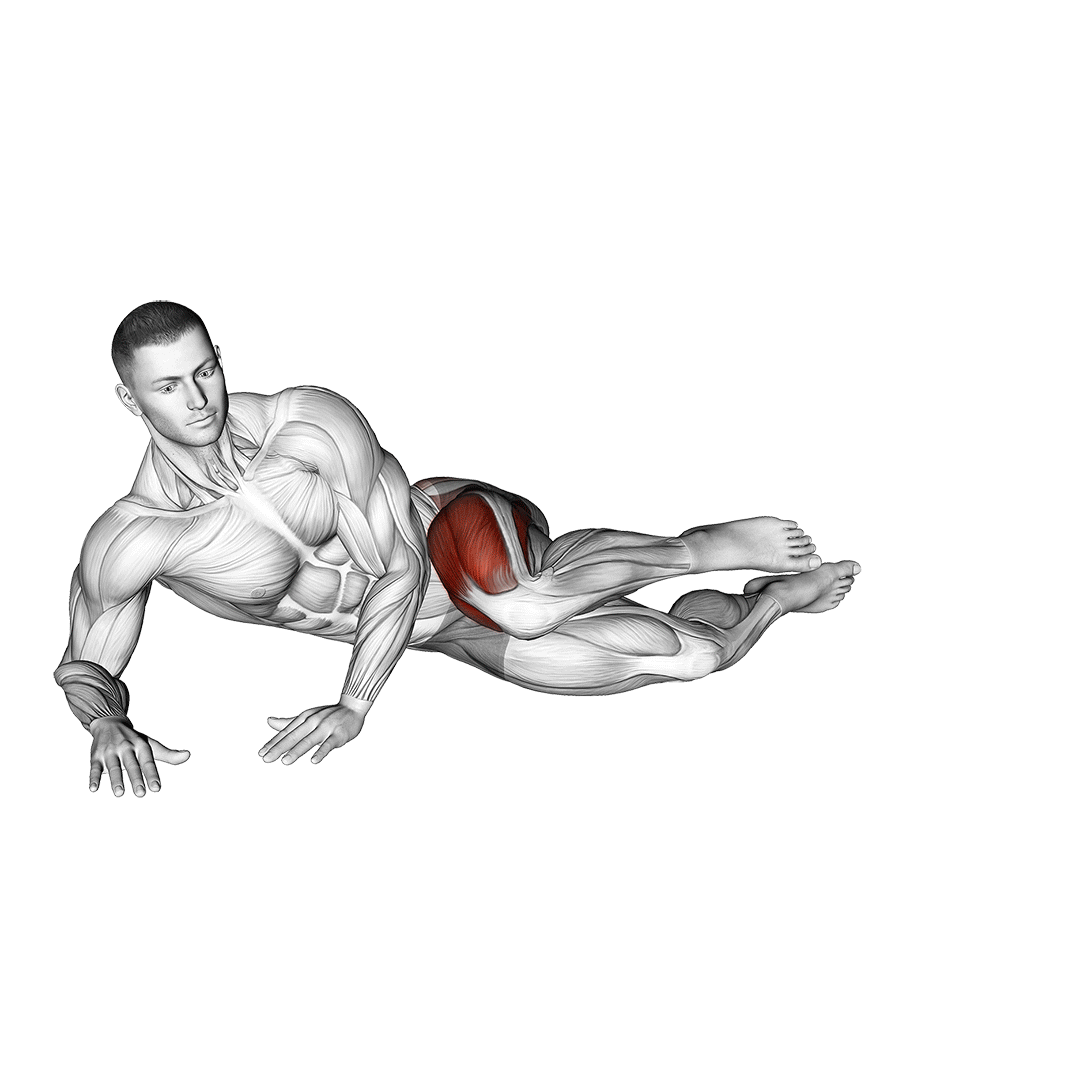
How-to:
Lying on their sides, the lifter will keep one leg flat on the ground as they raise the other straight upwards, keeping it fully extended as they do so.
Once a minor stretching sensation is felt around the hip and inner thigh, the lifter will stop and hold this position for several counts before lowering the leg back down.
Don’t forget to repeat the stretch with both sides of the body.
2. Kneeling Hip Flexor Stretch
The kneeling hip flexor stretch is meant to target the hip flexor set of muscles. It is performed in a standing position and may be inappropriate for particularly severe cases of hip injury.
Consult a physical therapist prior to performing it.
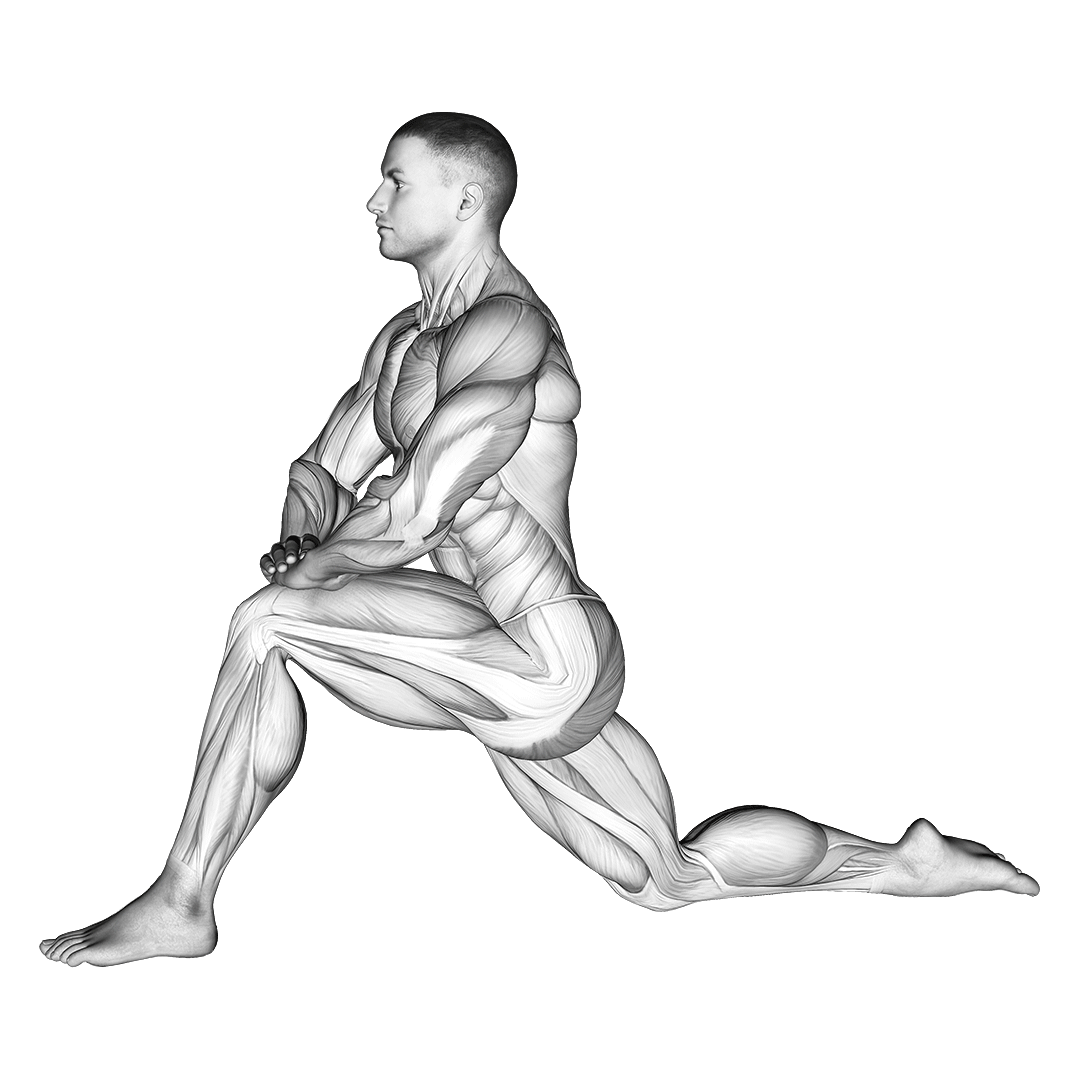
How-to:
Kneeling on the floor with one leg flat behind them and the other planted at the front, the lifter will keep their torso upright as they lightly push their pelvis forwards.
Once a stretching sensation is felt along the front of the pelvis, the lifter will hold this position for several seconds before switching legs.
3. Glute Bridge Stretch
Identical to the exercise but performed as a mobility movement, the glute bridge is meant to target the hip extensor muscles of the posterior chain. They are performed in a lying position, and may be made easier by having a pillow supporting the lower back.
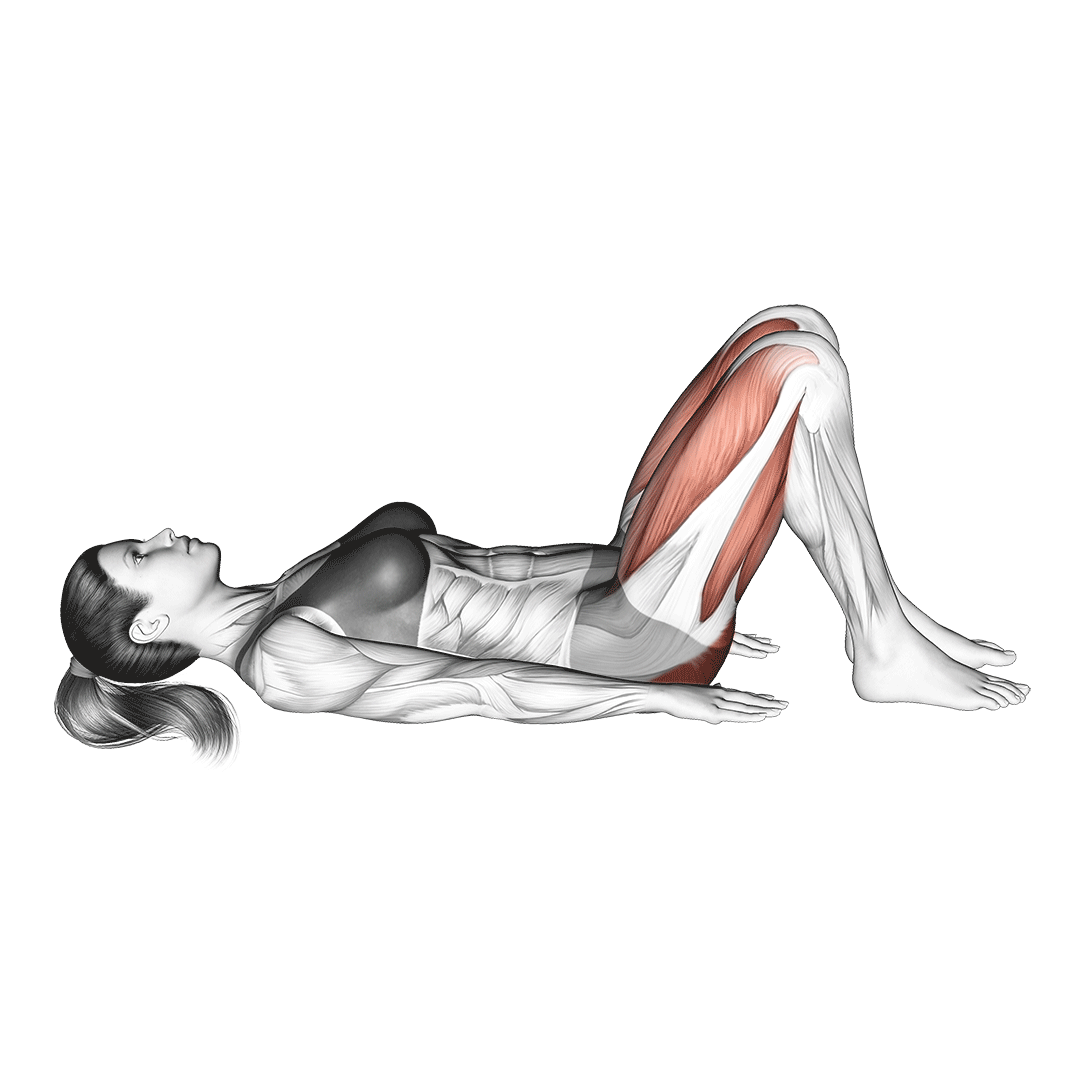
How-to:
Lying on their back with their knees drawn up, the lifter will keep their upper back touching the ground as they squeeze their glutes.
This should raise the hips upwards - where the lifter will follow the movement through until forming a decline angle from their knees to their head.
This position is held for several counts before lowering the hips back down.
4. Butterfly Stretch
The butterfly stretch is a static stretch meant to target the adductor muscles. It is performed in a seated position, and should be suitable for all but the most severe of hip injuries.
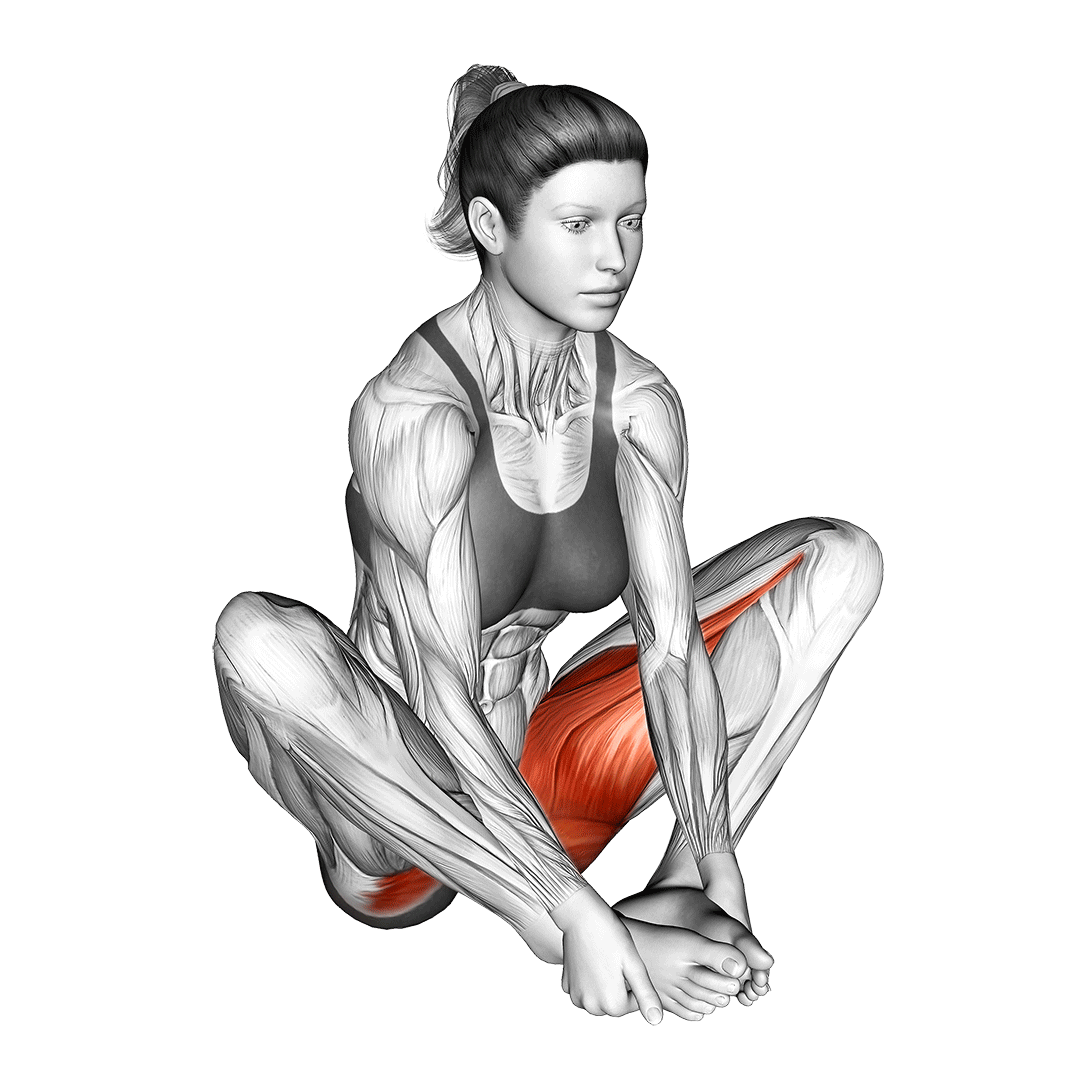
How-to:
In a sitting position, the lifter will draw their knees outwards until their soles are touching together. This is similar to the “lotus” pose of yoga, only with more space between the legs.
Now in the correct stance, the lifter will place their hands atop their knees and lightly push them downwards for several counts. A stretch should be felt around the top and inner sections of the hips.
When to See a Physician
It goes without saying that a visit to the doctor will be needed if you are experiencing symptoms of an injury. This includes hip pain after squats, of which can be indicative of a number of serious issues with long term consequences.
If you experience a “catching” feeling accompanied by pain, a noticeable alteration in gait, tingling or numbness in the pelvis or buttocks - or even just frequent and repeating hip pain - then it's time to consult a physician.
How Will a Physician Help With Your Hip Pain?
Apart from preliminary diagnostics and tests, medical intervention may be necessary to correct hip pain.
Anti-inflammatory medications can be prescribed to help manage symptoms during the recovery process, and more drastic measures like corrective and exploratory surgery may be needed in the event of more severe cases.
In general, anything other than the most minor of injuries should be met with medical examination. This ensures that the hips do not worsen over time or with repeated exercise.
A Few Reminders
Often, if a lifter is experiencing hip pain as a result of poor form or a lack of mobility work, there is more than a single concurrent injury taking place. Watch out for other areas of the body that may be affected, and take steps to protect them.
Even if you have decided not to seek medical attention, remember that rest and recovery is key. Attempting to “train through the pain” will only allow the symptoms to persist for a longer period. Take time away from lower body exercises.
References
1. Cheatham, Scott W et al. “Hip Musculoskeletal Conditions and Associated Factors That Influence Squat Performance: A Systematic Review.” Journal of sport rehabilitation vol. 27,3 (2018): 263-273. doi:10.1123/jsr.2016-0246
2. Calcei, Jacob G, and Marc R Safran. “Evaluation of Athletes with Hip Pain.” Clinics in sports medicine vol. 40,2 (2021): 221-240. doi:10.1016/j.csm.2020.11.001
3. Bagwell, Jennifer & Snibbe, Jason & Gerhardt, Michael & Powers, Christopher. (2015). Hip Kinematics and Kinetics in Persons with and without Cam Femoroacetabular Impingement during a Deep Squat Task. Clinical Biomechanics. 31. 10.1016/j.clinbiomech.2015.09.016.
